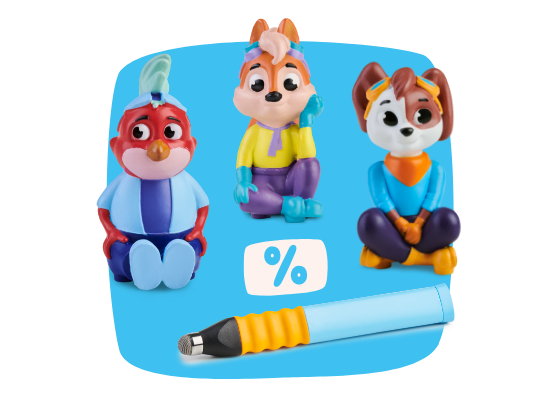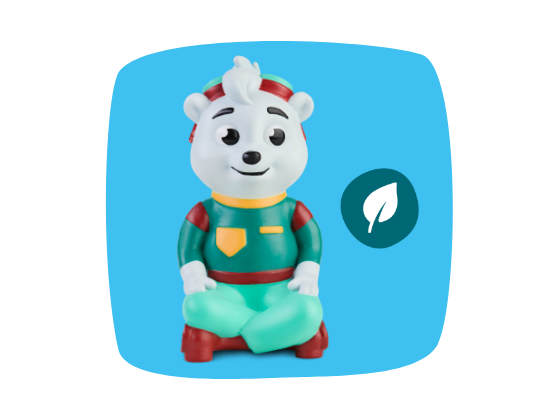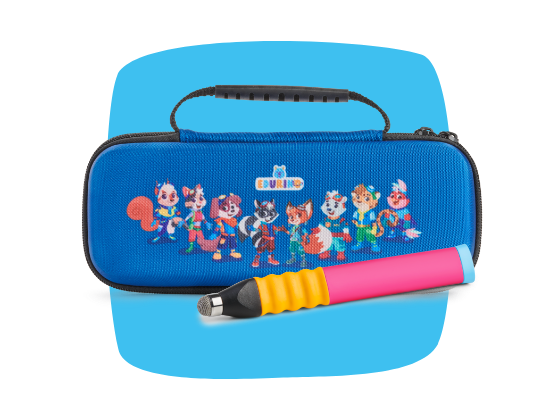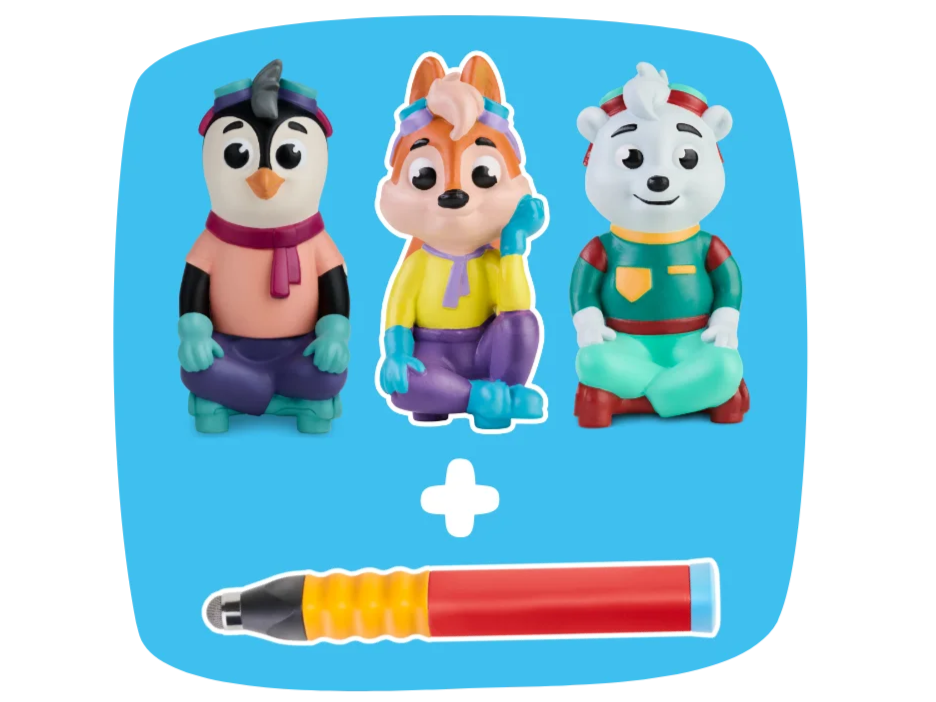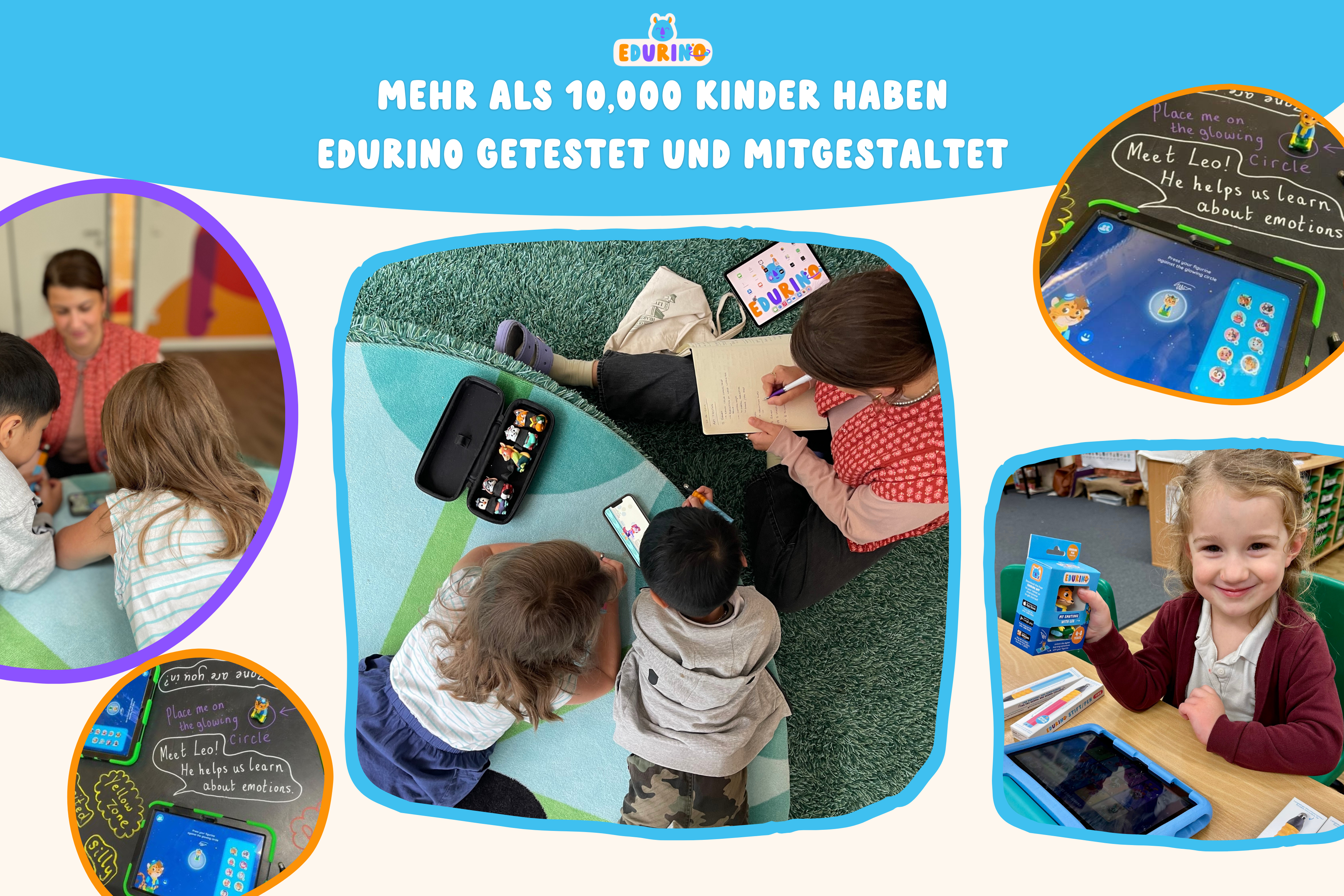Dear Brigid,
My little boy is starting school this year, and I have no idea where to begin teaching him the basics—like writing letters and numbers. I'm worried he might fall behind his classmates when school starts in September.
He has zero interest in painting or writing letters on paper. I even bought those wipe-clean activity books—but he still has no interest. When I searched for tips online, I was completely overwhelmed by all the ideas and materials. What would you recommend? Maybe other parents are struggling with the same problem. 🤷
Mrs W
Hey Mrs W,
I've taught hundreds of four-year-olds over the past ten years, and many (especially boys!) have little desire to sit down and write letters or numbers.
This is completely normal, and you're not alone! Many parents struggle to get their children excited about letters, numbers, and writing.
First of all: Your child doesn't need to know how to write, count, or memorize letters before starting school—that's exactly what school is for! But I totally understand that you want to give them a little help getting started so they feel more confident in September.
If you google for tips, you'll find thousands of suggestions—including these perfectly staged Instagram ideas that are simply not feasible for stressed-out parents with little time.
Instead, here are easy and fun ways to casually prepare your energetic child for school—without tears or frustration!
1. Sensory play – or controlled chaos 😉
💦 Shaving foam on the shower wall – Let your child draw letters, numbers, or patterns. Bonus: It's also fun to do in the bathtub!
🎨 Sidewalk chalk – Learning outside = instantly more fun! Your child can scribble on the patio or sidewalk – and it feels like a little rebellion 😎 (even if it's just chalk!).
✍️ Tip: Start with letters that have meaning for your child – for example, the first letter of their own name or the name of a sibling.
2. Screen time as a useful learning tool 🔧
Many parents are skeptical about screen time—and that's completely understandable. But purposefully used technology can be a great learning tool rather than just a distraction. 20 minutes a day with a high-quality learning app is a whole different story than mindless scrolling.
🔎 What should you look for in a good learning app?
- Who developed them? Ideally, teachers or educational experts.
- What are its learning objectives? It should convey clear educational content.
- Does it promote language development?
💡 According to a study by the University of Cambridge, EDURINO offers:
🚀 71% more words than other popular apps
💡 47% greater word variety
📚 118% more complex language to promote grammatical structures
EDURINO combines digital play with real-life learning – perfect for children who struggle with traditional learning methods.
3. Fine motor skills boot camp – without your child noticing!
Strong hands = confident writers! Fine motor skills are important not only for writing, but also for everyday tasks like zipping up a jacket, using scissors, or tidying up toys.
Here are a few simple ideas you can implement with things you probably already have at home:
🖐 Sensory play: Kneading, picking up small objects with tweezers.
🎨 Crafts: painting, cutting out, dot-to-dot pictures.
🔨 Building & Construction: Lego, cup stacking, marshmallow towers.
🧵 Threading & lacing exercises: Threading beads onto strings, using threading cards.
🧩 Games & Puzzles: Skill games, matching games.
Curious about EDURINO?
Our learning app supports your child in
- Learning to read and write
- Improving mathematical skills
- Learning phonetics (recognizing letter sounds)
- Understanding emotions
- Improve your handwriting
- Strengthening fine motor skills
Take our quiz and receive a personalized recommendation for your child!
About Brigid:
Brigid is a primary school teacher with over ten years of experience in state and private schools in the UK and the Middle East. She specializes in early childhood education and working with neurodiverse children.

